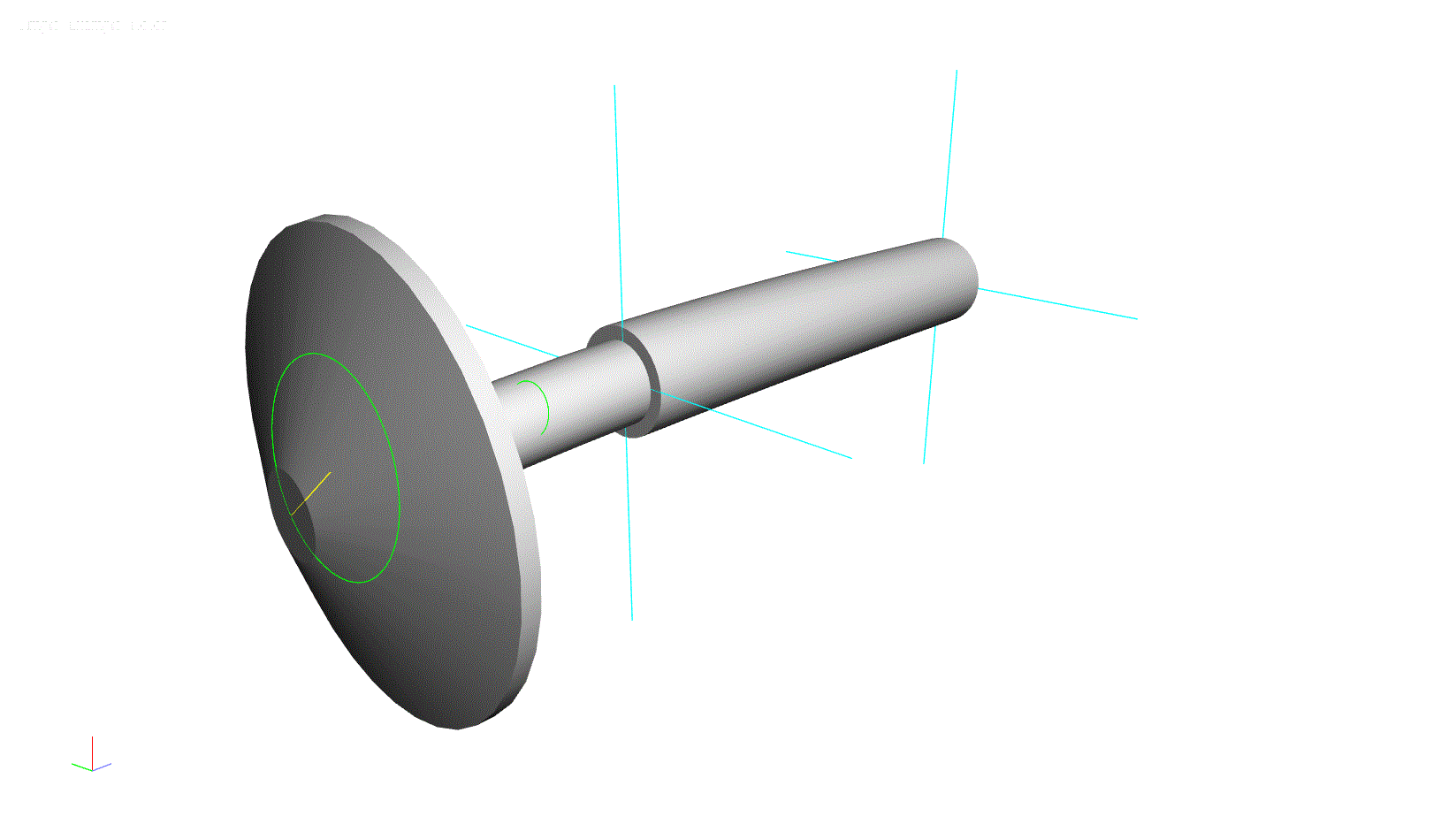A challenge in the engineering profession is that we, too often, look at complex problems as requiring complex solutions. As an example, a customer recently asked Concepts NREC to perform a very complex full-scale test. After a few rounds of clarifying questions, it became apparent the purpose of the test was to validate an analytical model. With this additional insight, we recommended a partial scale test that would achieve the same outcome, for a fraction of the price and time. The customer was delighted with this simpler (and cheaper) solution to their problem.
Getting to the underlying, or root cause, of an issue is not always easy. Usually, people focus on the symptoms and try to fix those, which can lead to an ineffective solution. One tool, attributed to Sakichi Toyoda, part of the well-known Toyota Production System, is called “The 5 Why’s”. It is widely used to get to the root cause of complex issues. It is an integral part of Kaizen, lean manufacturing, and Six Sigma programs. The 5 Why’s is a simple and powerful tool to help a team, challenged with a complex problem, get to the root cause. A successful application of “The 5 Why’s” should reveal a process that is broken or doesn’t exist. Changing the process, or adding the new process, will fix the issue.
This tool is applicable across all situations, both professional and personal. Sometimes, it takes fewer than five “Why’s?” to get to the root cause. To use a humorous example, here is a story my wife often tells in her communications class. A daughter was watching her mother prepare a holiday ham. As the mother chopped off the end of the ham, before putting it in a roasting pan, the daughter asked her mother why she did that. The mother explained that it was part of the recipe handed down from her mother. Then, the daughter went to her grandmother to ask why she cut the end off her ham. The grandmother explained that during the Great Depression, she didn’t have a big roasting pan, so she had to cut the end off the ham to make it fit in her small pan!
At Concepts NREC, we use this process to help customers looking for solutions to their challenging turbomachinery issues. So, the next time you are faced with a problem, ask the “Why” question five times, to try to uncover the real, root cause of the issue. Have you ever used this process? Did it work?




